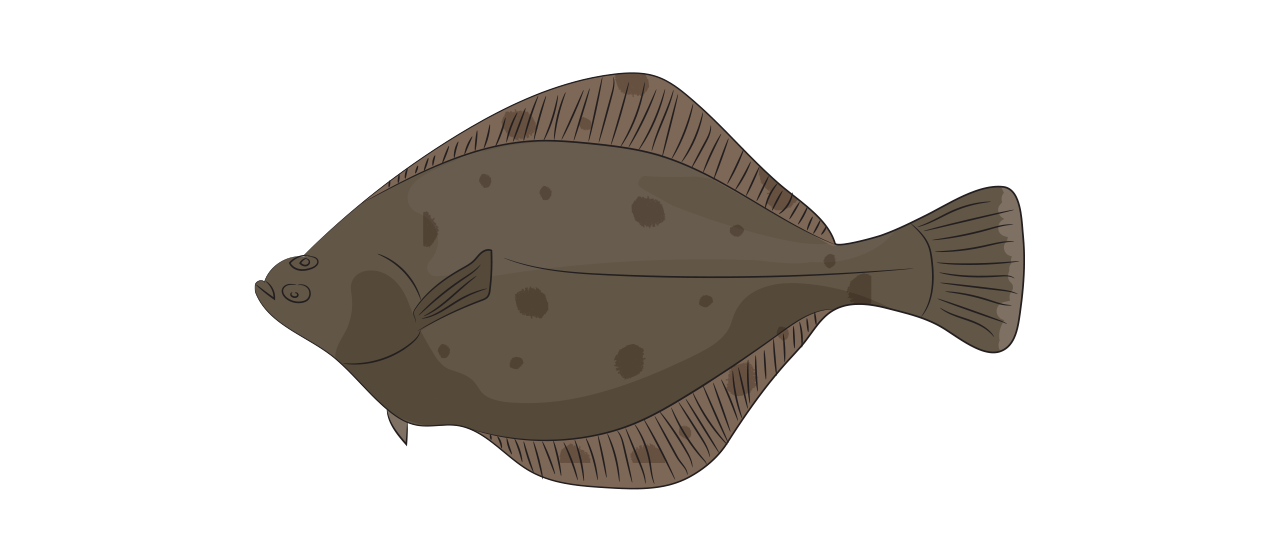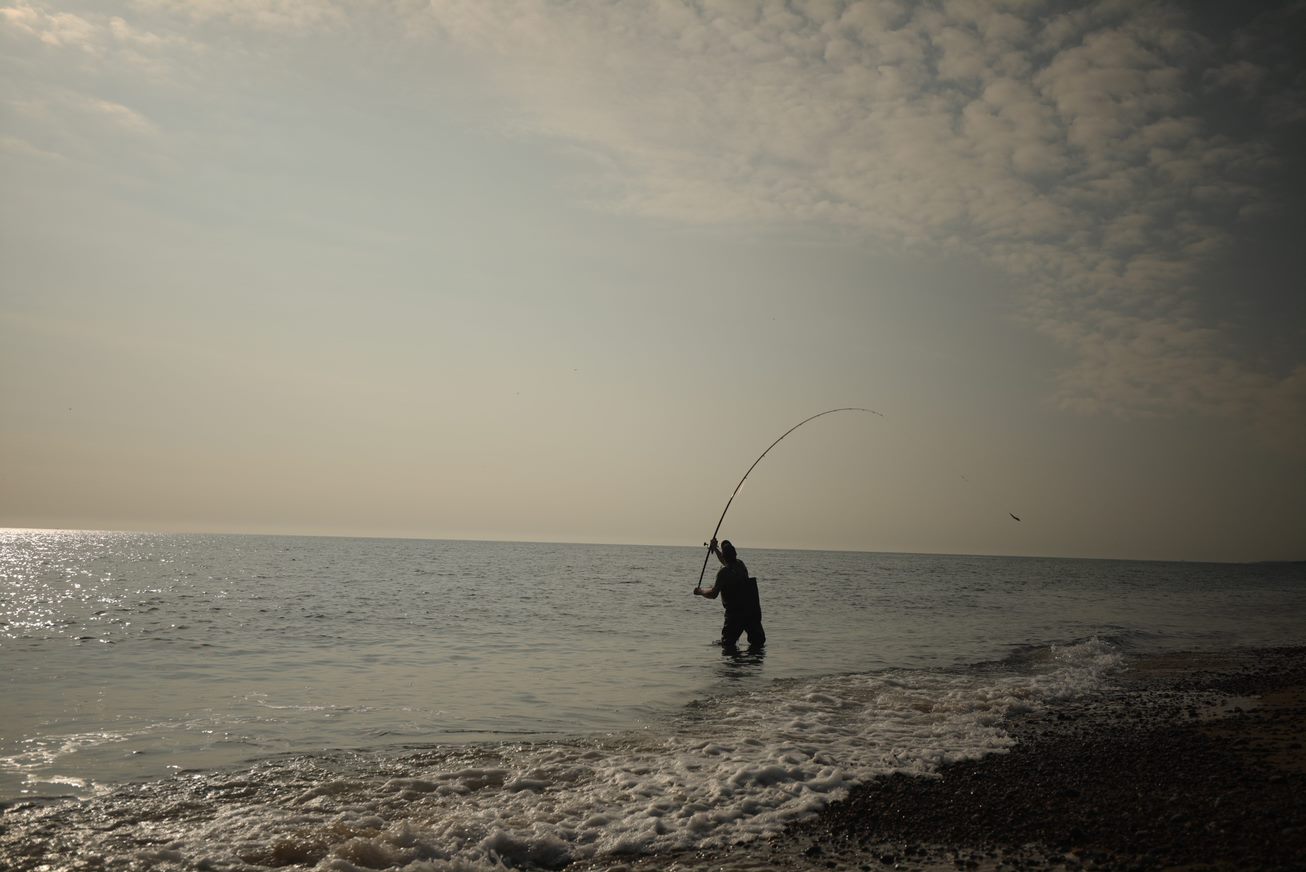Flounder| Fish Species Guide | Angling Direct

Flounder
aka Platichthys flesus
Coming from the flatfish family, flounder have 2 eyes on the right side, but is shaped like a rounded diamond with rough surface along the lateral line. Found across Europe, and the ability to tolerate brackish water, flounder fish tend to follow rising tides from saltwater, into estuaries and upriver as they can survive short periods in freshwater. Like other flatfish, flounder are well camouflaged for their sandy sea bed environment, it’s colour ranges from light brown to grey, with some boasting orange spots with a white underbelly.
It is estimated that the flounder fish evolved more than 50 million years ago. The fossil record from that time period indicates that some flatfish species had eyes on the very tops of their heads to watch prey fish from the bottom.
Stats
Status
Habitat
At shorelines over muddy and sandy bottoms or in estuaries and creeks.
Bait
Worms, prawns, crustaceans & molluscs
Native or Invasive
Native
Where
British and Irish waters, but also extending into Northern European waters, and the Mediterranean and Black Seas.
 Catch Experience
Catch Experience
Video
Blog Highlight
Guide to Beach & Sea Fishing Bait, Fresh or Artificial?
As with any fishing discipline, sea fishing bait is of paramount importance, anglers spend considerable time planning their next session; what tackle to use, line, rigs etc, but you have to remember the only thing the fish are actually interested in...
Read More